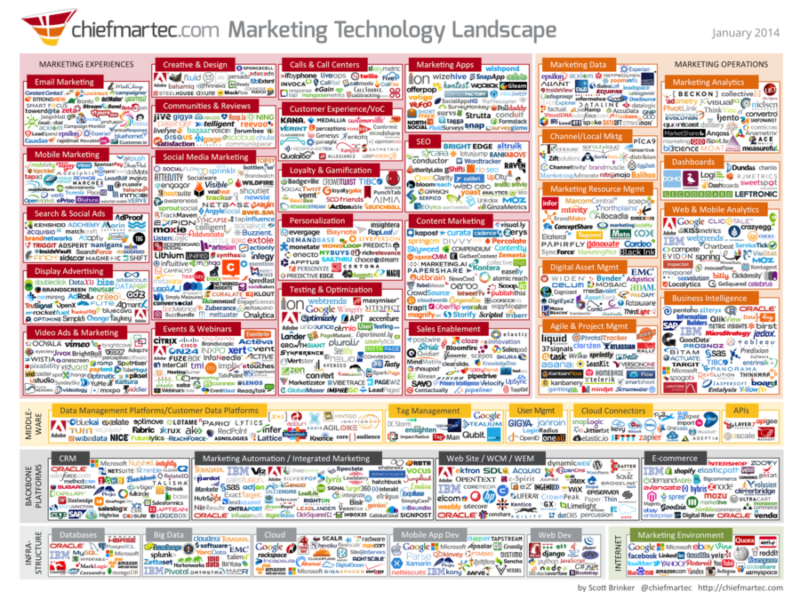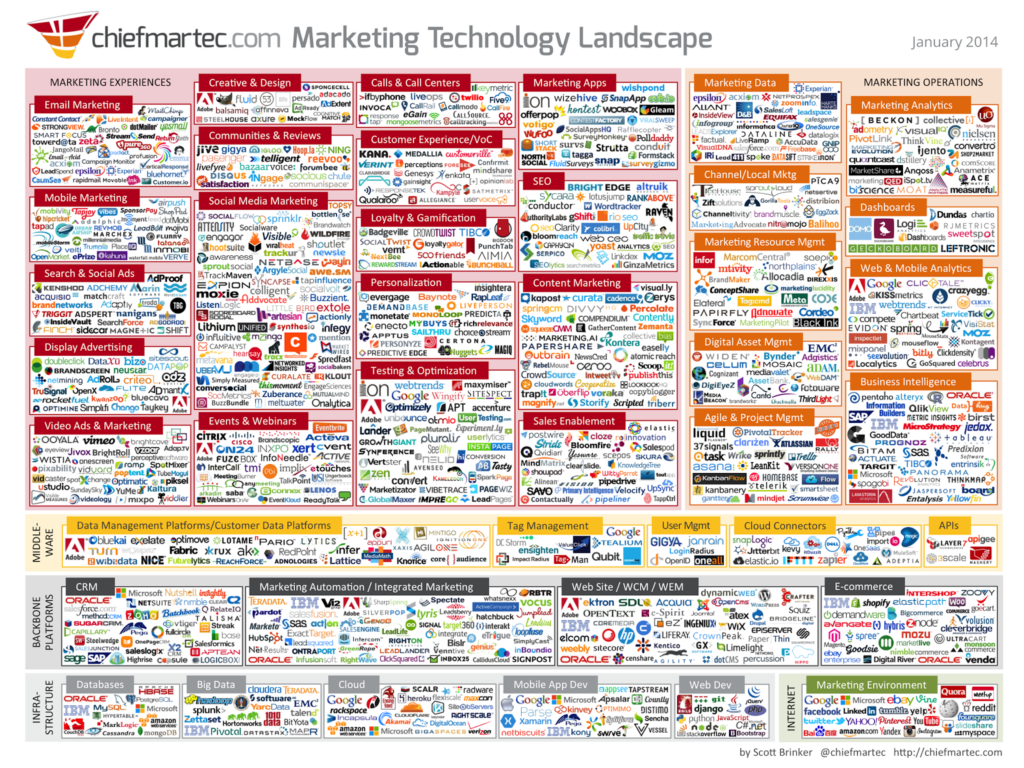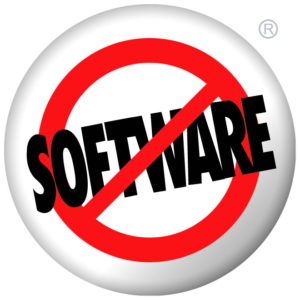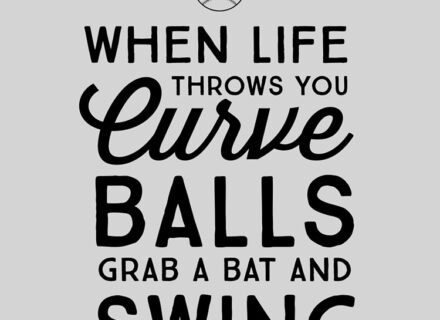This topic of competition should be front and center for business leaders at all times, and probably is. However, it’s rarely contemplated through the proper lens. On the surface, we tend to view competition as a zero sum game. For me to win you have to lose, or vice versa. That’s certainly the way it works in war and sports, for example. But in business that’s not the case.
Michael Porter, a beast in the field of strategy, draws a parallel to performing arts to illustrate how competition in business should be considered. “There can be many good singers or actors — each outstanding and successful in a distinctive way. Each finds and creates an audience.” It’s about being unique and different for a particular audience that will value that uniqueness. Being incrementally ‘better’ than the rest of the pack is a path to competitive convergence, which is not a place you want to live. This is where everyone looks the same and the buyer is forced to make decisions primarily on price. This isn’t good for anyone.
“Strategic competition means choosing a path different from others. -Michael Porter
It is hard work to shift your thinking from ‘be the best’ to ‘be different’. It forces you to look many levels deeper than what you’re used to talking about. There are typically a set of key dimensions businesses compete on, which varies by industry. For example, if delivery times are one of those dimensions, the competitive knee jerk reaction is to offer a slightly better delivery time than your competitors. That’s one-upmanship in the truest sense. Boring.
By now most folks have seen some version of the image below. It’s the marketing technology landscape. Crowded, undifferentiated, one-upmanship all day long. I’m sure a variation of this could be compiled for many industries but the core idea is the same: How do you compete when everyone is saying the same things, doing the same things, and promising the same things?
Back to Porter’s response, you need to choose a different path. But how do you choose what that path is? That’s the billion dollar question, but just like a singer or actor creates unique value in a certain genre and for a slice of an audience inside that genre, a business needs to do the same thing. It starts with a conscious effort to deeply understand the audience you intend to serve. You have to innovate for unmet and, oftentimes, unspoken needs of that audience. How can you elevate the customer’s experience to get them to their desired outcomes more efficiently and with less friction?
There are a few companies I follow that have done a nice job paving their own paths. One most are likely familiar with is Salesforce.com. In the early days they saw the problems that traditional software caused. At the time people were not asking for a SaaS model like Salesforce ultimately conquered. But Marc Benioff and crew saw a more efficient and friction-less way to deliver the outcome customer’s desired. They created a category around the idea. They lodged themselves into customer’s minds as something different. Think about their famous ‘No Software’ logo. Bold, easy to connect with, and different.
Had Salesforce simply produced an incrementally better on-prem software delivery and implementation model to one-up Siebel, it’s highly unlikely they’d be the massive business they are today. Instead, they thought differently about who their customer was and the value they could uniquely provide if they built their SaaS version of a CRM.
There are other examples of this, so you can find your own models. But it’s worth repeating… think about how can be different, not ‘better’. Don’t just be another one-upper.
Be unique.





